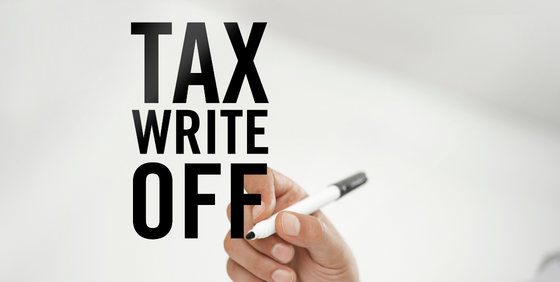
Many companies are eligible for tax write-offs for certain equipment purchases and building improvements. These write-offs can do wonders for a business’s cash flow, but whether to claim them isn’t always an easy decision. In some cases, there are advantages to following the regular depreciation rules. So it’s critical to look at the big picture and develop a strategy that aligns with your company’s overall tax-planning objectives.
Taxpayers can elect to claim 100% bonus depreciation or Section 179 expensing to deduct the full cost of eligible property up front in the year it’s placed in service. Alternatively, they may spread depreciation deductions over several years or decades, depending on how the tax code classifies the property.
Under the Tax Cuts and Jobs Act (TCJA), 100% bonus depreciation is available for property placed in service through 2022. Without further legislation, bonus depreciation will be phased down to 80% for property placed in service in 2023, 60% in 2024, 40% in 2025, and 20% in 2026; then, after 2026, bonus depreciation will no longer be available. (For certain property with longer production periods, these reductions are delayed by one year. For example, 80% bonus depreciation will apply to long-production-period property placed in service in 2024.)
In March 2020, a technical correction made by the CARES Act expanded the availability of bonus depreciation. Under the correction, qualified improvement property (QIP), which includes many interior improvements to commercial buildings, is eligible for 100% bonus depreciation not only following the phaseout schedule through 2026 but also retroactively to 2018. So, taxpayers that placed QIP in service in 2018 and 2019 may have an opportunity to claim bonus depreciation by amending their returns for those years. If bonus depreciation isn’t claimed, QIP is generally depreciable on a straight-line basis over 15 years.
Sec. 179 also allows taxpayers to fully deduct the cost of eligible property, but the maximum deduction in a given year is $1 million (adjusted for inflation to $1.08 million for 2022), and the deduction is gradually phased out once a taxpayer’s qualifying expenditures exceed $2.5 million (adjusted for inflation to $2.7 million for 2022).
While 100% first-year bonus depreciation or Sec. 179 expensing can significantly lower your company’s taxable income, it’s not always a smart move. Here are three examples of situations where it may be preferable to forgo bonus depreciation or Sec. 179 expensing:
You’re planning to sell QIP. If you’ve invested heavily in building improvements that are eligible for bonus depreciation as QIP and you plan to sell the building in the near future, you may be stepping into a tax trap by claiming the QIP write-off. That’s because your gain on the sale — up to the amount of bonus depreciation or Sec. 179 deductions you’ve claimed — will be treated as “recaptured” depreciation that’s taxable at ordinary-income tax rates as high as 37%. On the other hand, if you deduct the cost of QIP under regular depreciation rules (generally, over 15 years), any long-term gain attributable to those deductions will be taxable at a top rate of 25% upon the building’s sale.
You’re eligible for the Sec. 199A “pass-through” deduction. This deduction allows eligible business owners to deduct up to 20% of their qualified business income (QBI) from certain pass-through entities, such as partnerships, limited liability companies and S corporations, as well as sole proprietorships. The deduction, which is available through 2025 under the TCJA, can’t exceed 20% of an owner’s taxable income, excluding net capital gains. (Several other restrictions apply.)
Claiming bonus depreciation or Sec. 179 deductions reduces your QBI, which may deprive you of an opportunity to maximize the 199A deduction. And since the 199A deduction is scheduled to expire in 2025, it makes sense to take advantage of it while you can.
Your depreciation deductions may be more valuable in the future. The value of a deduction is based on its ability to reduce your tax bill. If you think your tax rate will go up in the coming years, either because you believe Congress will increase rates or you expect to be in a higher bracket, depreciation write-offs may be worth more in future years than they are now.
Keep in mind that forgoing bonus depreciation or Sec. 179 deductions only affects the timing of those deductions. You’ll still have an opportunity to write off the full cost of eligible assets; it will just be over a longer time period. Your tax advisor can analyze how these write-offs interact with other tax benefits and help you determine the optimal strategy for your situation.
©2022
Receive Free financial tips & Tax Alerts!
"*" indicates required fields
Partnerships are often used for business and investment activities. So are multi-member LLCs that are treated as partnerships for tax purposes. A major reason is that these entities offer federal…
Your businesses may have a choice between using the cash or accrual method of accounting for tax purposes. The cash method often provides significant tax benefits for those that qualify….
Employee Stock Ownership Plans (ESOPs) are a powerful tool for businesses and their employees. They offer a pathway for business owners to transition out of their companies smoothly and provide…